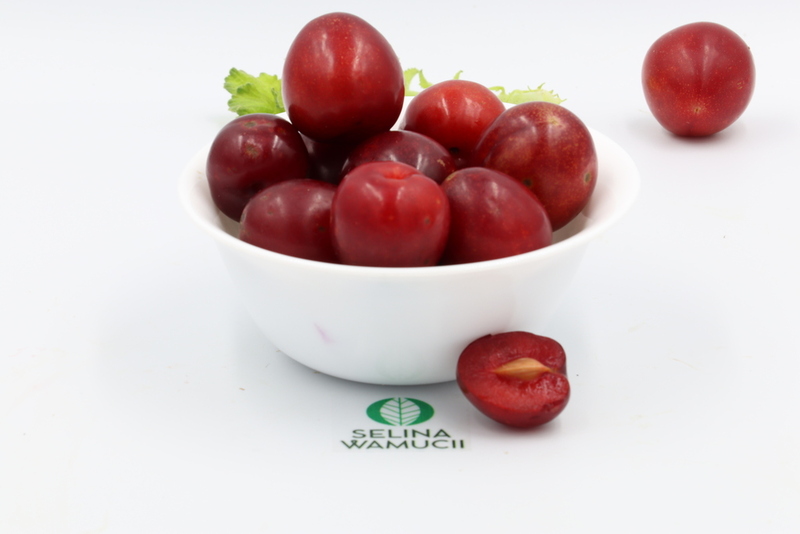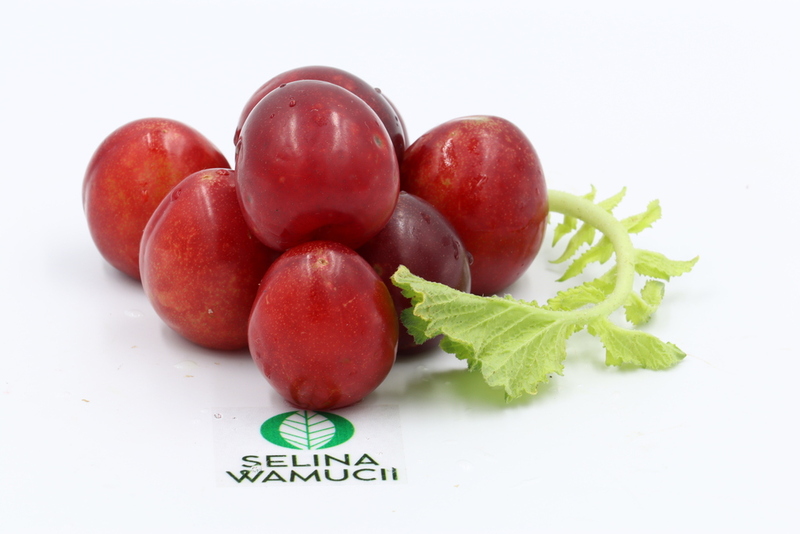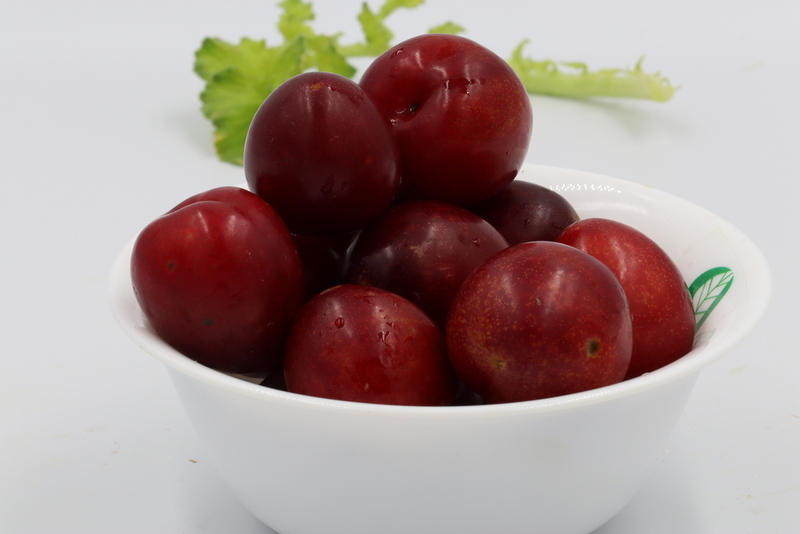Buy Tunisia Plums Directly From Exporters & Suppliers - Best of 2025 Market Prices
| Summary | |
|---|---|
| Varieties | European plum, Japanese plum |
| Packing | 250 grams pallets, 500 grams pallets According to customer requirements |
| Size | 2-7cm in diameters. |
| Season | Late winter and early summer for planting Harvested from May to October |
| Storage | Stored in cartons, trays and nets, corrugated boxes |
| Transport Conditions | Temperatures of 4°c with a humidity of 90% Shelf life of 3-6 weeks |
Tunisia plums belong to the prunes genus that grows on trees. They have fleshy skin and are sweet. Consumed as snacks, they are of high value and commercially manufactured to make jam, sauce for cuisines.
Plums originated from china and Europe 2000 years ago and later introduced in Tunisia centuries ago. They have the same similarities as apricot or peaches and belonging to the same category as Drupes. The famous European plum is believed to have originated from the Caucasus and the Caspian sea got domesticated in Europe and Asia. The Japanese plums are believed to have originated from China.
With their popularity, their demand led to it being one of the top fruits globally consumed. Tunisia boasts plum production with high annual volumes.
There are two types of Tunisia plums:
European plum ( Pruna Domestica L): Widely consumed fresh as a salad; it is blue or purple. They have stones that can be easily separated or sliced.
Japanese plums (Prunus Salicina): These give a low sugar content of 15 % and are not sweet; they are not usually dried.
Other common varieties include Casel man which is soft firm, Damon which is small, wise, blue and used to make jam; El tornado black simmer, and empress, and freedom green.
Plums are delicious, consumed as fruit or salad, and their cultivation in Tunisia is now accessible, easy, and rewarding. For a bountiful harvest, Plums require sunlight and soil Ph. of 5:5 and sufficient annual rainfall. Irrigation is done once in a while, and pesticides are applied to ward off insects and fungus.
The plum tree attains maturity after 2-3 years. After flowering, the plums fruit is formed within 6 months and can be harvested for up to 3 months. They are collected and stored in cool, dry conditions with a red or dark purple colour indicating that they are ripe. Certain varieties of plums are harvested before they mature to avoid over-ripening.
Customers outside Tunisia can get their plums delivered by Air- cargo; this mode of shipping being fast and reliable.
Tunisia plums are uniquely sweet and refreshing due to the cultivation conditions and Mediterranean climate that favours the fruit.
Sign up to our platform today to get connected with buyers and sellers of Tunisia plums.
Get Instant Quote
Are you a producer of Tunisia Plums or other products?
Sign up today for FREE to buy or sell Tunisia Plums.





